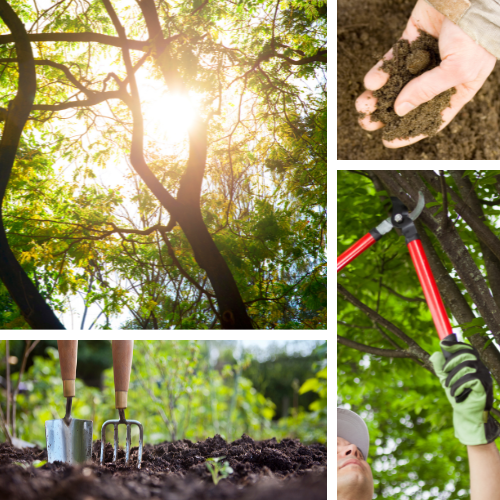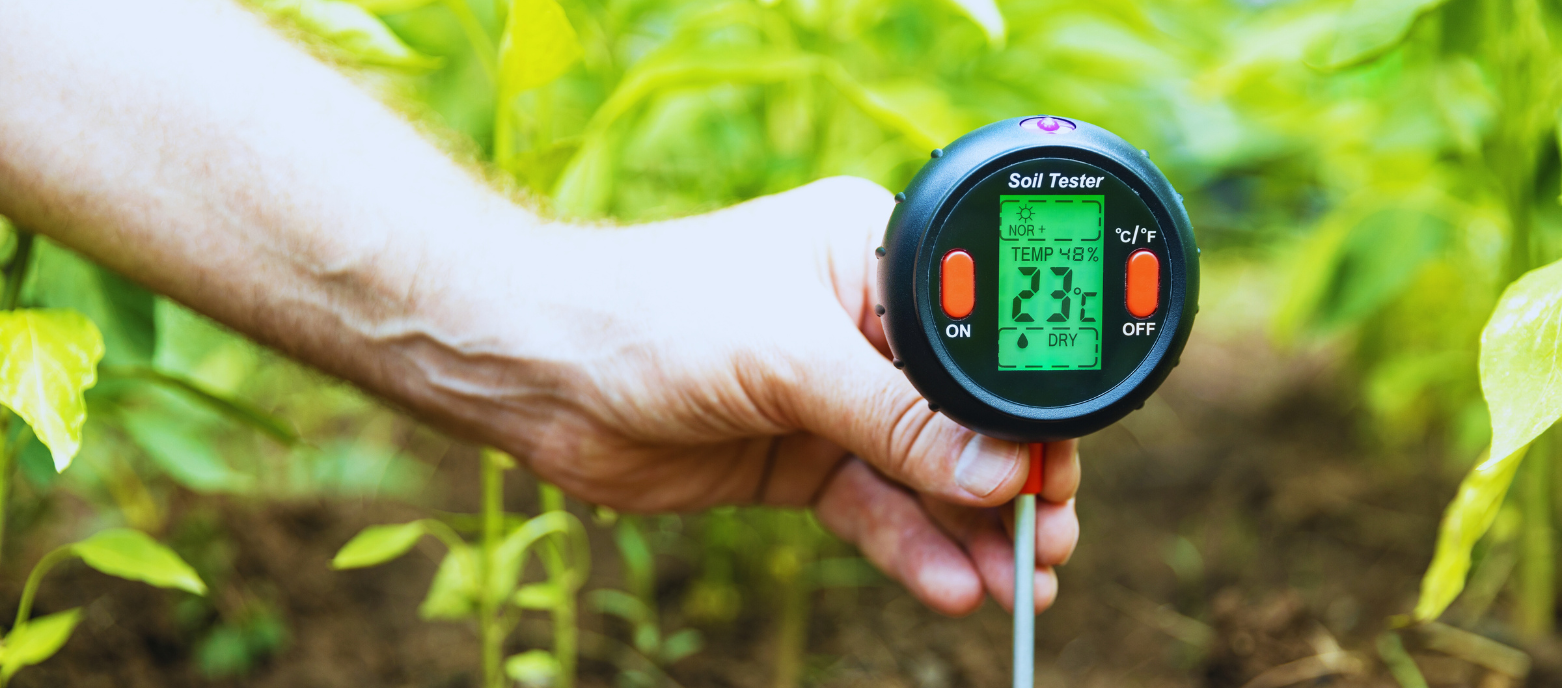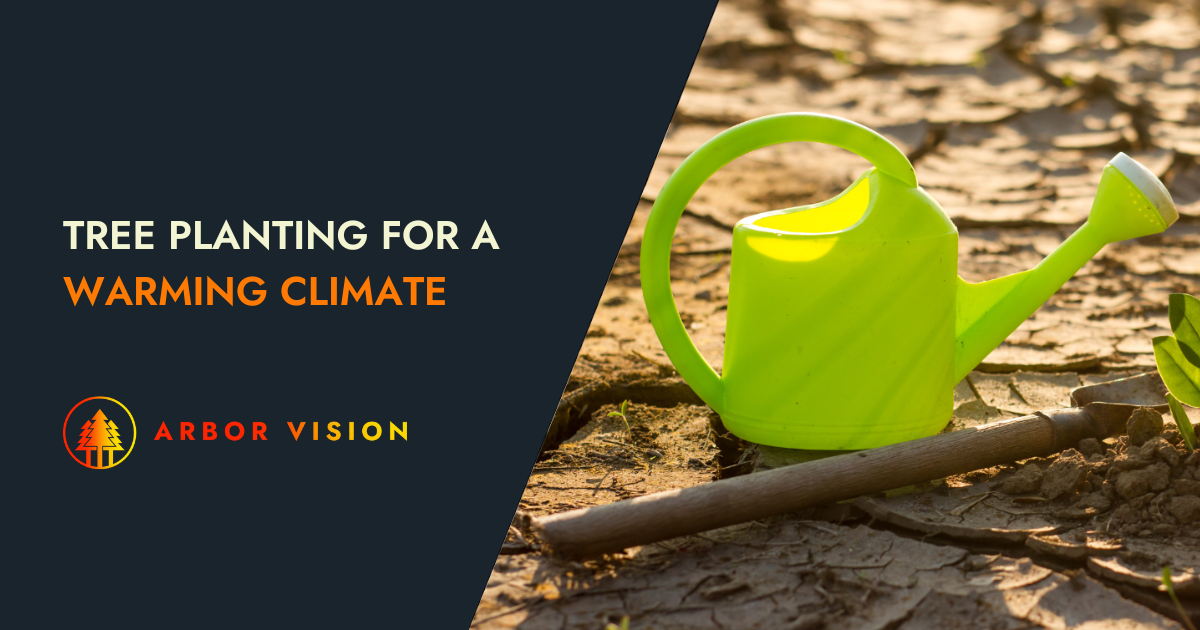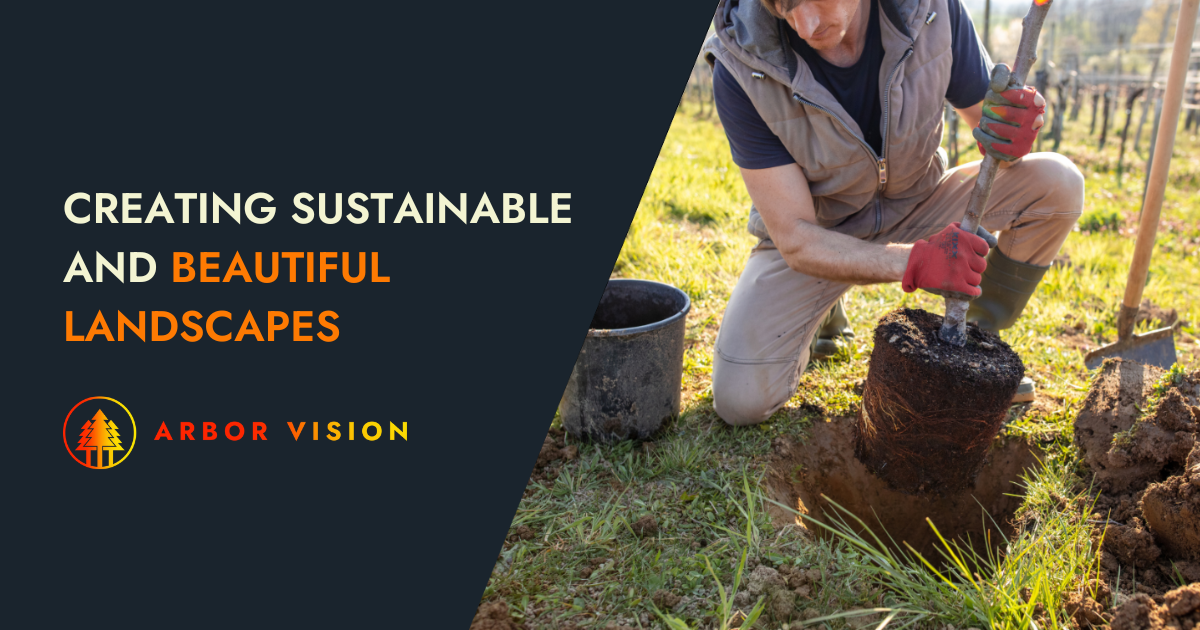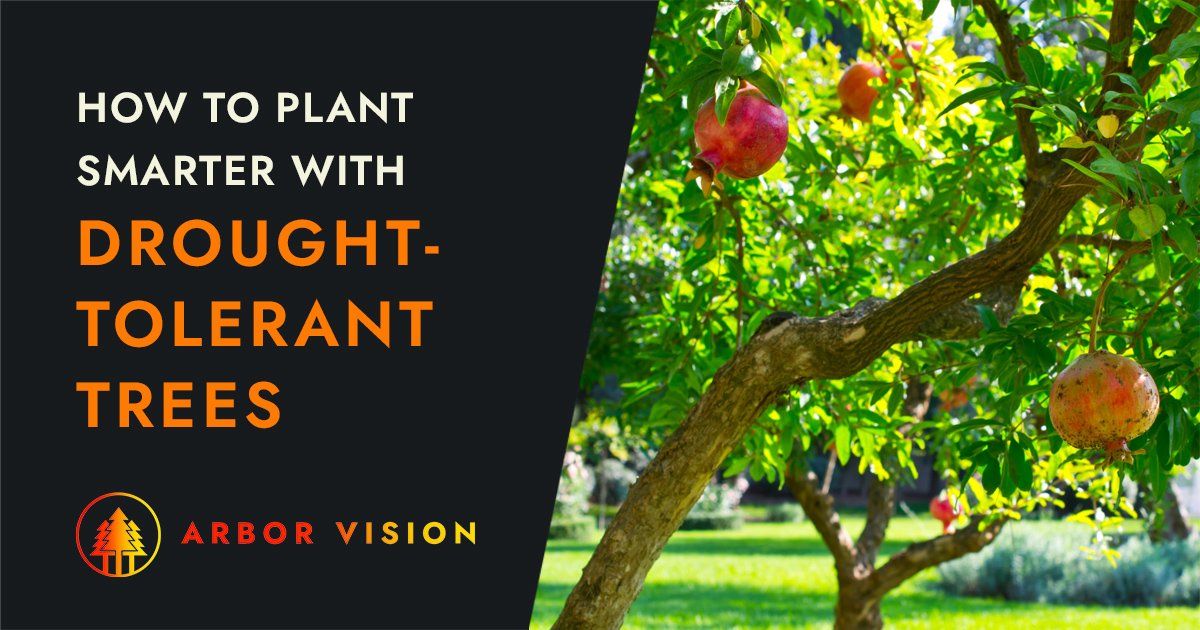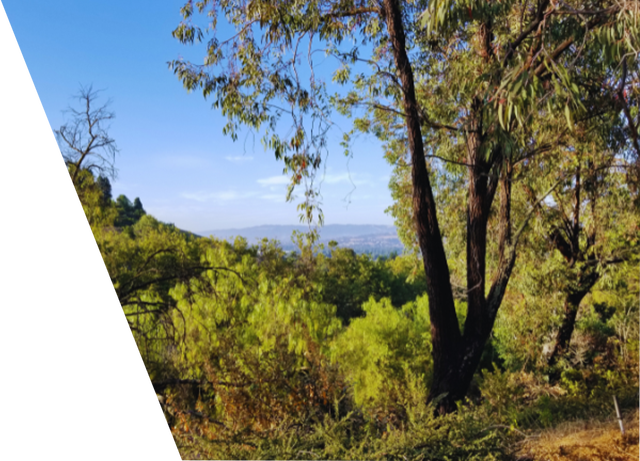
Incorporating native trees into your landscaping scheme minimizes water usage, contributes to a healthier ecosystem, and reduces your garden's maintenance demands. Here, our local tree service shares tips on the benefits, care, and choices for the best trees for your San Ramon landscape.
Benefits of Native Trees
Native trees occur naturally in San Ramon, which means they've learned to adapt to the environment without the help of humans. Non-native species can sometimes do well but have disadvantages that can harm the local ecosystem. They can interfere with the natural balance of local wildlife habitats by outgrowing local trees and plants, which can have an unforeseen, long-lasting negative impact.
Through native tree plantings, you help restore the original ecosystem, which is especially important for creating natural corridors in urban landscapes. These trees also require much less maintenance as they are "designed" to tolerate local conditions with minimum intervention.
Learn more about caring for seasonal bloomers in the East Bay area.
Trees follow their instincts, such as dropping leaves to optimize sun exposure, retaining water, and fighting pests to support growth and proper function. Native trees use less water and often don't require chemical treatments or fertilizer, so your entire garden and community will be eco-friendly and healthier.
Top Native Trees for San Ramon
San Ramon is known for its urban greenscape, which makes it the perfect environment for a wide variety of native trees. Here are the top native trees recommended by our San Ramon tree service
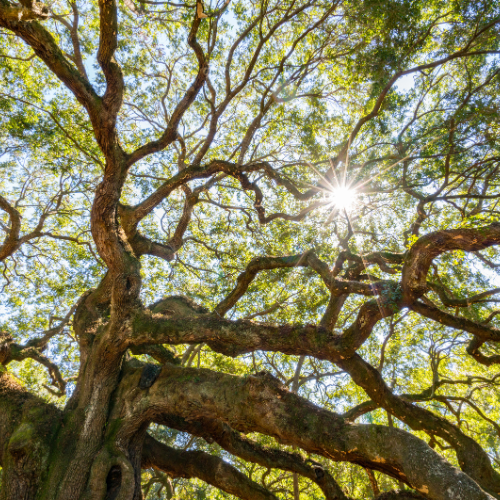
Coast Live Oak
This lovely evergreen grows 10 to 25 meters tall and has shrublike qualities that add interest to landscaping schemes. It is drought tolerant, thrives in full to partial sun, and protects garden beds of shade-loving plants.
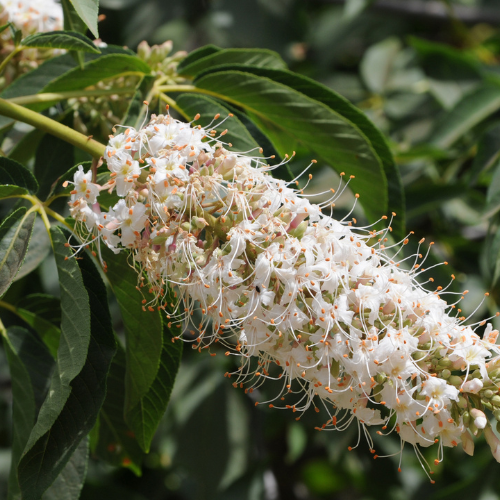
California Buckeye
California buckeye, or the California horse chestnut, is a shrub that can grow into a small tree reaching 4.5 to 9 meters. As the only buckeye native to California, it's an excellent option for smaller properties and produces pretty cone-shaped blossom clusters in the spring and summer.
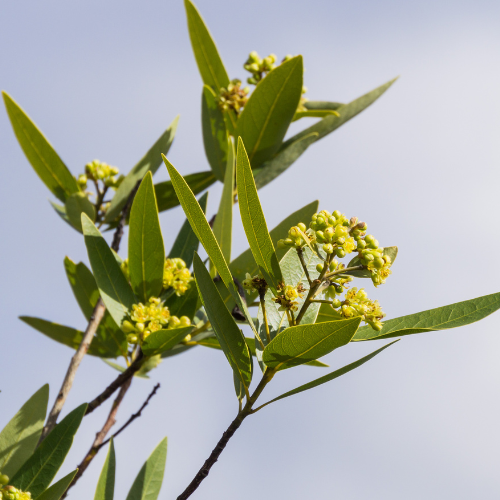
California Bay Laurel
California bay laurel provides a strong-tasting leaf similar to the traditional bay leaves used in cuisines worldwide. Reaching 30 meters in height, this striking tree requires watering when the topsoil becomes dry. The evergreen produces a pleasant scent and provides privacy and shade.
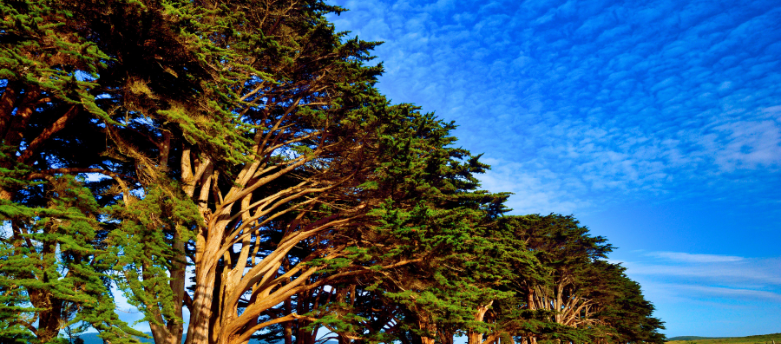
Monterey Cypress
Native to coastal California, this evergreen is a familiar sight in landscaping throughout the state. Reaching 40 meters, San Ramon Tree Services appreciates the trees' longevity and uses younger plants for hedges and wind barriers. Their irregular spread also provides shade and interest.
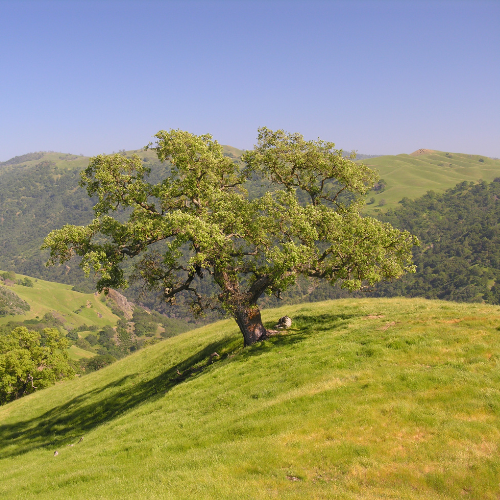
Valley Oak
Valley oak is common in the valleys and foothills of California and is often used to create garden canopies that develop drooping branches as they age. This gives gardens an elegant visual aspect while the acorns attract local wildlife in the fall. The height is also manageable at 15 to 21 meters.
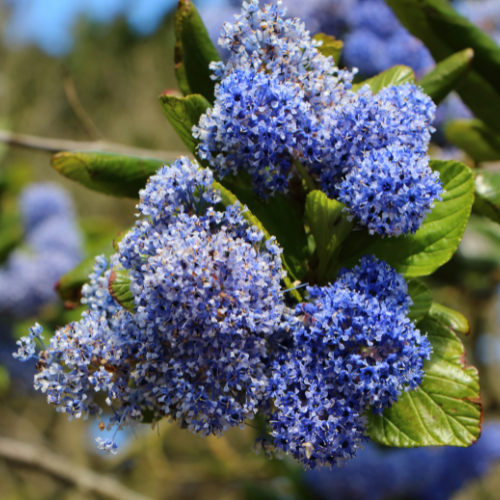
Ceanothus' Ray Hartman'
If you're looking for a smaller tree that puts on a great show in the spring, this tree grows up to 20 feet and produces stunning blue flowers. It's also quick-growing, easy to care for, and can be trained as a large shrub.
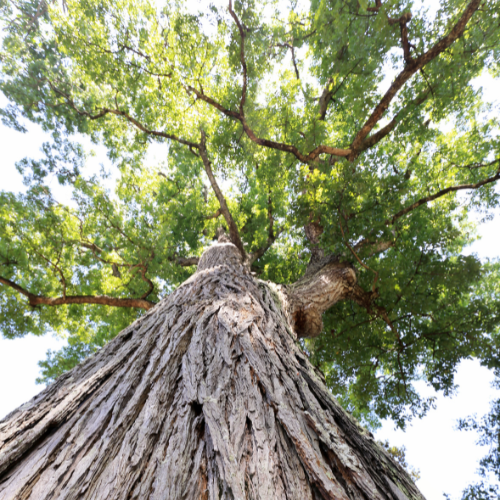
Western Mountain Mahogany
The mountain mahogany is known for forming several trunks but can be trained to create a single trunk. It reaches 15 to 20 feet and has long silver seed heads that shimmer like silver in the spring's afternoon light.
Sun Exposure
Trees should be planted to receive the right amount of sun. When choosing the planting site, consider how nearby structures and other trees cast shade in the area. Also, consider how much shade your new tree will cast on existing landscaping to avoid interfering with its growth. Remember that light falls differently in the summer than in winter, so pay attention to the seasons before choosing your tree.
Soil Type
Soil types dictate how much water and nutrients your trees receive. Have your arborist test your soil to ensure it will support the trees you have in mind. Although it might seem that because trees are native, the soil should be fine, soil health and type vary drastically, often in different locations on the same property.
Dimensions
You need to measure the planting site to ensure it can accommodate the tree's size once it reaches full maturity, including its expected width.
Your Goals
Knowing what you hope to achieve with the trees you plant can help you choose low-maintenance, drought-tolerant trees, create the right environment for other plantings, and create windbreaks that attract pollinators and wildlife.
Reduce Water Use
We recommend choosing trees to reduce water use and help avoid water waste.
Maintenance and Care Tips for Native Trees
As mentioned, the beauty of native trees is their easy care and maintenance. Some general maintenance and care tips include:
Soil Testing
Soil tests analyze the soil's composition, pH level, nutrient content, and overall health. By understanding these factors, you can determine if your soil needs adjustments such as adding organic matter, correcting pH levels, or supplementing specific nutrients.
Fertilizer
Native trees typically do not require additional fertilizers, and excessive use can harm them by disrupting the natural soil balance. When applying fertilizers to nearby garden beds, grasses, and other trees, use them sparingly and cautiously to avoid unintended damage to the native trees.
Irrigation
California's natural dry climate means that established native trees require little to no additional watering. However, deep regular waterings are required for new plantings to help the trees establish themselves and ensure the root ball doesn't dry out.
Pesticides
Pesticides are rarely required as the tree's natural defenses usually provide ample protection. For example, although the tree might host caterpillars, local birds will take care of them before they cause damage.
Pruning
Pruning is always advisable to help the trees develop a healthy structure, keep them looking their best, and remove dead or damaged branches.
As you can see, native trees are the ideal choice when creating your landscaping plan. A local arborist can recommend the best trees for your property to achieve your desired look and goals.
Partnering with Arbor Vision for Sustainable Landscaping
The experts at Arbor Vision provide the tree services needed to maintain native trees in San Ramon. Click below for more information.
Share this page:


